What can Office do to Drive Talent Aspirations?
An Office Should Function Like an Idyllic Village.
Talent Attraction and Talent Retention is how ‘hiring-well and inspiring-often’ is described these days, and it is a key metric for all discerning businesses. Thankfully, the brief and insidious quiet-quitting movement seems to have abated for now, and a job market of optimism is returning for some sectors, including Technology, Finance, Healthcare and eCommerce, all of which are back in expansion mode.
The question now becomes, “What are the strategies for ensuring that Talent will seek out our organisation and, once onboard, will stay motivated and performing?”
No doubt there are various formulas and algorithms that can enlighten, but I pose the notion that word-of- mouth for attraction and continuous on-the-job-learning for retention remain two of the best strategies. High praise and recommendation from a trusted peer is a compelling endorsement, particularly if that praise is for an employer who provides genuine skills-improvement for career potential.
63% of job leavers cited “no opportunities for career advancement” as a main reason for leaving, according to a Pew Research survey, and while I’m adding a layer, based on my own experiences, lack-of- opportunity tends to be less about promotion and more about furthering oneself through knowledge and skills attained, because ultimately this is what translates to future market opportunity.
Not wishing to denigrate any organisation’s attempts to provide their people with knowledge, but classroom Learning & Development, for me, has never cut the mustard. I believe the best way to learn is through osmosis, trial and error, time-on-task, seeing how the experienced people do it better, until over time the learner does it better than the teacher.
What I have just described is a structural form of osmosis, and there are of course other forms, such as collaborative osmosis, in which peers, grouped together, will over time improve collective knowledge by learning from each others’ innate strengths. We may be good at one thing, while relatively inadequate at another, but within the group there will invariably be a complementary set of efficiencies and deficiencies. Once it is known who is the go-to for each task a form of mutual symbiosis, can occur. This is how a tribe survives and it is only made evident by living and participating in the daily group activities
Kings Cross, London. A development inspiring total urban transformation
The challenges of a dispersed office workforce are entirely new, and you shouldn’t let any know-it-all convince you otherwise, because it first emerged only 2 years ago, and we are learning its impacts for the first time. However, in saying this, intuition and reason have served us well as a species over millennia, and these challenges are entirely surmountable with a dose of both of them.
As Tim Cook correctly opines “innovation isn’t always planned”, in fact I’ll add that its far better when it isn’t. Innovation, spontaneity, creativity are not easily accessible in a formal setting. The duality of this statement is that, as an individual, almost everyone has more expansive creative thought when walking a forest-trail, or submerged in a bustling city market, yet as a group people tend to be far better at articulating their creativities when they are in person, rather than peering into a screen filled with screens.
This village concept is presenting itself more regularly via a number of growing initiatives. Adobe, for example, has seen a skyrocketing of enquiry for formal mentoring, with over 80% of Gen-Z workers requesting a mentor, since the launch of their 2023 mentoring initiative. The presence of an “elder” can be comforting to all of us, as we navigate the trials and tribulations of the working life.
Elsewhere, in commercial property, we are seeing the blossoming of a different kind of village concept, the “town square”. Perhaps the best examples are the station development precincts that are starting to pop up everywhere. This is certainly topical for Sydney, with North Sydney’s new station development, set for an August ’24 completion. Martin Place, Pitt St and others are in the wings, as Australia’s usually warm and sunny climate makes it an ideal location for open-plan projects of scale.
What makes these station developments meaningful is the acknowledgement that people are no longer adequately engaged by a desk and a nearby café, instead they want an inside-outside workday, in which the surrounding precinct is as much of a feature as the office itself.
Some proof of this is in the vacancy stats, with Manhattan having an office vacancy of around 16%, while its East Manhattan development precinct at Hudson Yards has a 7.8% office vacancy. The same is true of the City of London which has an 11%+ office vacancy, while office built around the Kings Cross Station development has a 6.5% vacancy. People and businesses want activation.
Returning back to my original Talent Attraction and Retention theme and applying the simplicities of logic and reason, if we are to counter the erosion of knowledge sharing that hybrid working may indeed promote then the obvious answer is that we must give the workers something to look forward to, be inspired by, and want to be around. What better than:
A bright, comfortable, temperature favourable office, where the sense of something new exists every day, and being surrounded by lively and accessible outdoor spaces, so that your wandering time with colleagues and clients brings out the best in each other.”
By my assessment we are at least on the right track.
Mike Franklin


